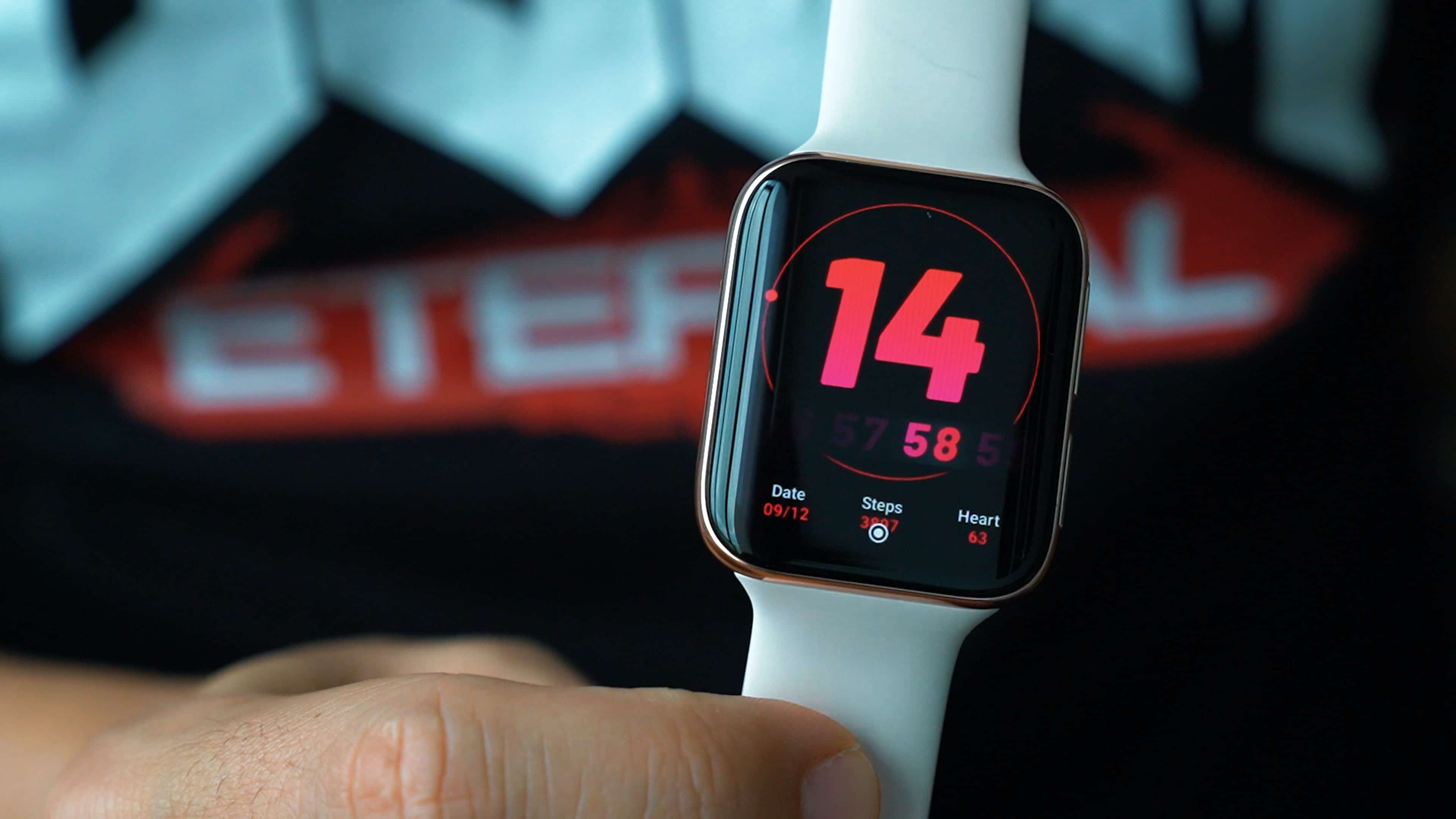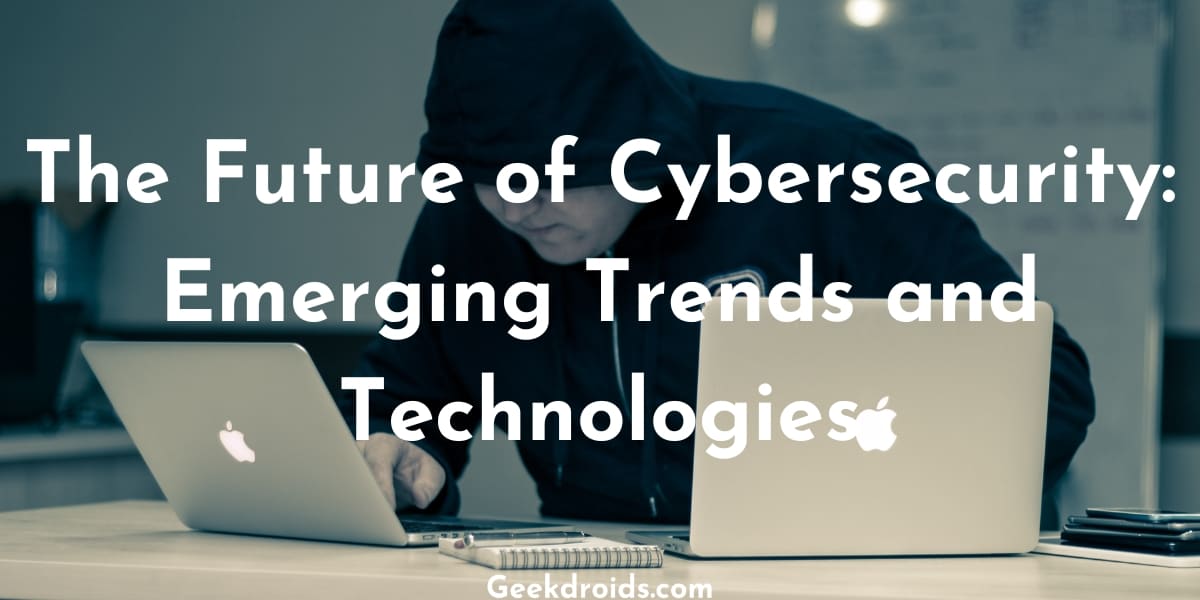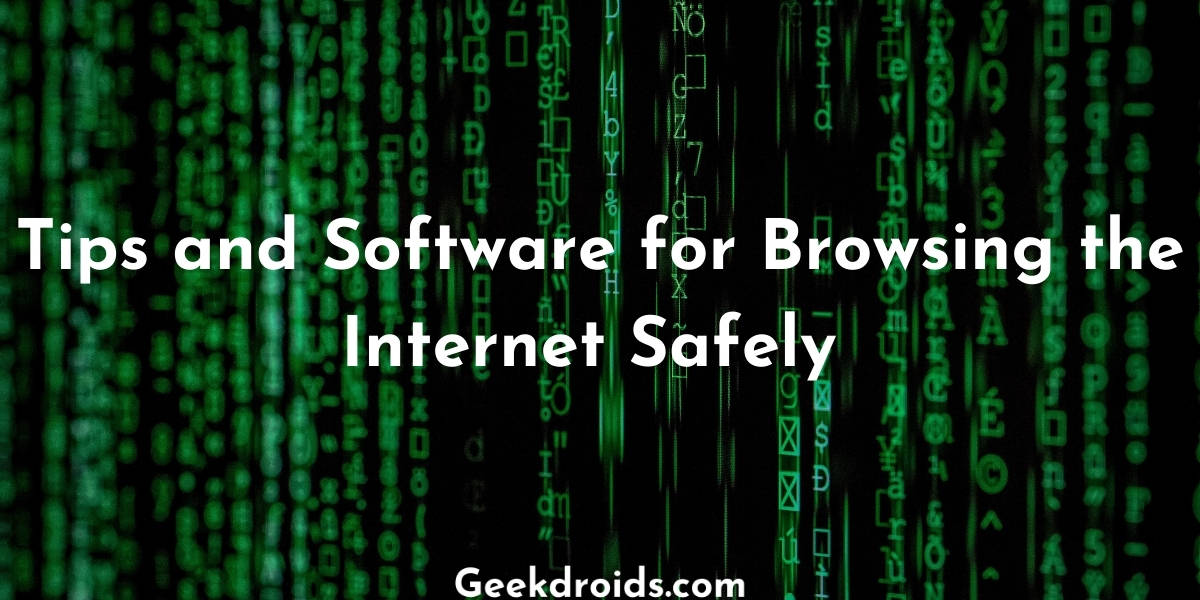The integration of the Internet of Things (IoT) into healthcare practices has ushered in a new era of patient care and management. IoT, a network of interconnected devices and sensors, is revolutionizing the healthcare landscape, offering solutions that were once the stuff of science fiction.
This article delves into the fascinating realm of IoT applications within the healthcare sector. We will define IoT and explore how it’s harnessed to enhance patient care, improve efficiency, reduce costs, and foster groundbreaking research and development.
Without further ado, let’s uncover the myriad ways IoT is transforming healthcare and shaping its promising future.
Internet of Things (IoT): Definition and How it’s Used in Healthcare
Page Contents
The Internet of Things (IoT) represents a vast network of interconnected devices, sensors, and systems, all communicating and sharing data seamlessly. This technological ecosystem has transcended our imaginations, and its applications extend to a multitude of sectors, including healthcare.
But, how about the healthcare industry? Well, healthcare IoT solutions have emerged as catalysts for transformative change. These innovations are no longer confined to the realm of science fiction; they are tangible and increasingly prevalent in medical practices. Healthcare IoT solutions, aptly referred to as “smart healthcare,” hold the promise to revolutionize patient care in numerous ways.
These applications include but are not limited to remote patient monitoring, personalized care plans, enhanced communication between patients and healthcare providers, and significant improvements in efficiency and cost-effectiveness. These are the cornerstones of IoT’s influence in healthcare, paving the way for a more connected and patient-centric approach to medical treatment.
But, before we get into more details about the different applications of IoT devices in healthcare, let’s first explore the benefits of IoT technology.
The Benefits of IoT in Healthcare
Incorporating Internet of Things (IoT) technology into healthcare systems brings forth a multitude of advantages:
- Improved Patient Monitoring and Care: IoT devices allow for real-time monitoring of patients’ vital signs and health data, enabling healthcare providers to provide timely interventions and personalized care plans.
- Increased Efficiency and Productivity: IoT streamlines healthcare operations by automating tasks like asset tracking, inventory management, and data collection, reducing manual labour and increasing efficiency.
- Reduced Costs: Through better resource management, preventive care, and remote monitoring, IoT can lead to cost reductions in healthcare by minimizing hospital readmissions and optimizing resource allocation.
- Enhanced Research and Development: IoT-generated data fuels research and development efforts, leading to innovative healthcare solutions, treatments, and pharmaceuticals.
These represent the primary advantages, but as IoT technologies continue to evolve, we can anticipate even more benefits emerging on the horizon.
Examples of IoT Applications in Healthcare
Now that we’ve explored the concept and benefits of IoT in healthcare, let’s delve into some practical IoT applications in healthcare. In other words, it’s time to explore how the healthcare Internet of Things is transforming the landscape of patient care.
Remote Patient Monitoring
Remote patient monitoring involves the use of IoT devices to continuously track a patient’s vital signs, health data, and other relevant information from a distance. This real-time data collection allows healthcare providers to comprehensively view a patient’s health, even when they are not physically present at a medical facility.
This technology has become a real game-changer in healthcare, as it enables proactive interventions and timely adjustments to treatment plans. It not only enhances patient care but also reduces the need for frequent in-person visits, making healthcare more accessible and convenient.
Wearable Devices
Wearable devices, such as fitness trackers and smartwatches, have gained immense popularity among consumers. In healthcare, these devices serve as powerful tools for collecting valuable health data, including activity levels, sleep patterns, and various vital signs.
By continuously monitoring these metrics, healthcare providers can detect early warning signs of health issues, offer personalized recommendations, and encourage patients to adopt healthier lifestyles. Wearable IoT devices empower individuals to take an active role in their health management, promoting preventive care.
Medication Adherence Tracking
IoT devices play a crucial role in medication adherence tracking. These devices help ensure that patients adhere to their prescribed medication regimens. By recording and transmitting data about medication intake, healthcare providers can monitor whether patients are taking their medications as directed.
This technology not only improves patient care by preventing missed doses or overdoses but also offers insights into the effectiveness of specific treatments. It enhances treatment outcomes and minimizes the risks associated with non-adherence.
Asset Tracking
Asset tracking using IoT devices is a boon for healthcare institutions. Hospitals and clinics often possess a vast array of medical equipment and supplies that need to be efficiently managed. IoT-based asset tracking enables healthcare facilities to monitor the location and status of medical equipment in real time.
This ensures that vital instruments are readily available when needed, reducing the risk of delays in patient care. Additionally, it helps prevent the loss or theft of expensive medical assets, optimizing resource allocation.
Supply Chain Management
In healthcare, a well-functioning supply chain is paramount for the seamless delivery of care. IoT devices are employed to track the movement of goods and materials within the healthcare supply chain.
This technology provides real-time visibility into inventory levels, expiration dates, and transport conditions, ensuring the efficient management of pharmaceuticals, medical devices, and other essential supplies. By enhancing transparency and reducing errors, IoT-driven supply chain management contributes to cost savings, minimizes waste, and ultimately improves patient care quality.
The Future of IoT in Healthcare
The future of IoT in the medical field is exceptionally promising. As IoT technology continues to advance, we can anticipate a surge in innovative applications tailored to enhance patient care and transform healthcare delivery.
These forthcoming solutions have the potential to revolutionize the healthcare industry, offering unprecedented benefits to patients worldwide. IoT-driven advancements will not only improve patient care by providing real-time insights and enabling timely interventions but also drive efficiency, reduce costs, and facilitate more personalized treatment plans.
Healthcare IoT solutions are poised to be a vital tool in elevating the quality of care and enhancing the overall well-being of patients across the globe.
Conclusion
In conclusion, the integration of the Internet of Things (IoT) in healthcare represents a transformative leap forward. Defined as the interconnected network of devices and systems, IoT brings many advantages to the healthcare sector.
From enhanced patient monitoring to increased efficiency and productivity, reduced costs, and bolstered research and development, IoT has made significant strides.
Real-world examples, such as wearable devices and supply chain management illustrate these tangible benefits. Furthermore, as IoT technology evolves, the future holds even more innovative applications, promising a revolution in healthcare delivery. With IoT, the healthcare industry is poised for a brighter, more efficient, and patient-centric future.








